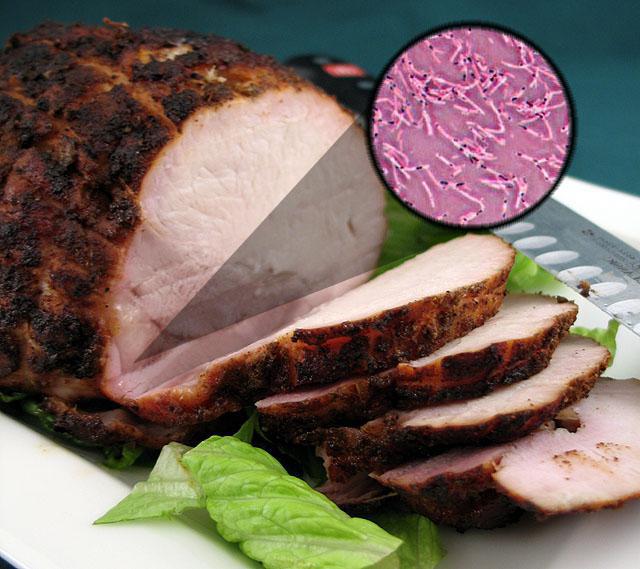Sporulation is the process of spore formation. Examples
In nature, there are bacteria that have the unique property of forming spores. The reader will learn how this process occurs by reading the article.
Controversy
Spore bacteria are more resistant to freezing, drying, long-term or short-term boiling, and exposure to chemicals. There are vegetative forms of bacterial formation and sporulation. Examples of the latter: pathogens of diseases such as anthrax, botulism, tetanus and some types of saprophytic soil inhabitants that can be found in manure.
Germination
When the spore shell enters an environment favorable to it, it begins to swell. This process continues until the shell is completely destroyed. At the time when the membrane tissue ruptures, through this large burst the young cell enters the external environment.
In this way, the spore germinates in aerobic bacteria. Anaerobic bacteria do not lose their outer cell membrane during sporulation. The spore does not come into contact with the external environment; its contact occurs with the cell membrane. When favorable conditions arise, nutrients enter the cell through the cover. The spore begins to germinate.
Bacteria and products
Spore formation in bacteria is undesirable during processing and storage of certain products. If this process occurs, it will be difficult to fight microorganisms. To destroy spores in canned food, for example, the product must be sterilized, which will greatly reduce its quality. In order to preserve milk for a long time, it is sterilized, and this leads to the loss of its original properties and vitamin A. Note: the heating temperature during sterilization is 120 degrees.

During pasteurization, in order to preserve nutrients as much as possible, milk is heated to only 80-90 degrees. This affects the shelf life: milk quickly deteriorates, since during pasteurization the spores do not die, but on the contrary, they germinate and begin to multiply quickly, which is why the product deteriorates.

